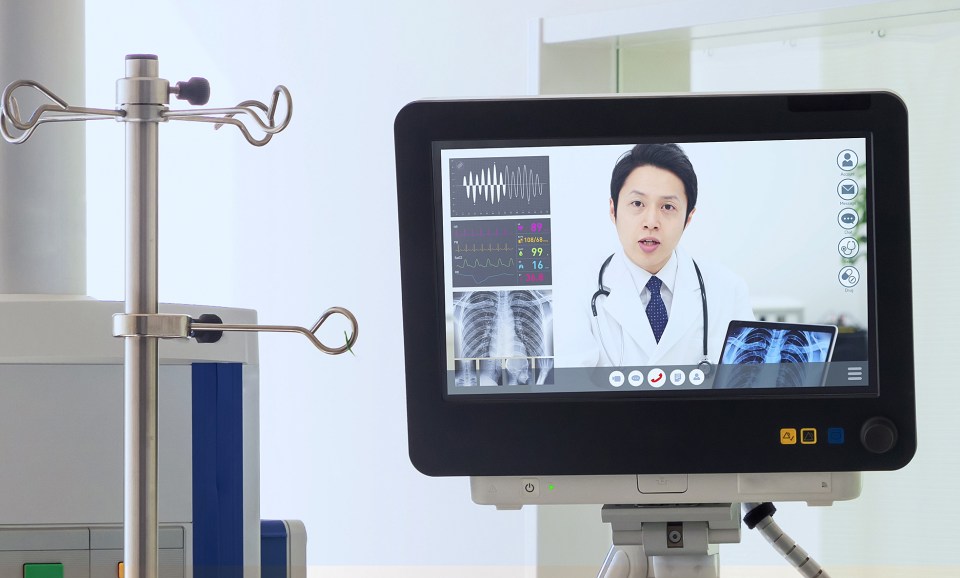Telemedicine has become commonplace during the COVID-19 pandemic, but will it remain as prevalent after the public health emergency?
If asked that question a year ago, I might have had a different answer, especially when it comes to inpatient rehabilitation.
Telemedicine is typically something a patient receives from the comfort of their home, but what we found during the pandemic is that it can also be effective in the hospital setting—and it could continue to be so even after the pandemic.
Telemedicine in the hospital setting
Prior to the pandemic, telemedicine was rarely if ever used in our rehabilitation hospitals. We have physicians onsite, and specialty physicians can make hospital visits or a patient can be transported for a visit elsewhere.
However, as national provider of inpatient rehabilitation, we realize access to these specialty physicians is not as readily available in some parts of the country. That’s when we began exploring the benefits of telemedicine in the hospital setting.
Just as we were getting started, though, the pandemic hit, and telemedicine went from being an alternative option for some markets to a necessity nationwide. In order to limit the spread of the virus and prevent exposure to our patients, some in-person visits from the outside physicians changed to virtual visits.
Filling a gap in care
Many of our patients can benefit from seeing a specialist while in our rehabilitation hospitals, but it’s difficult to access that care in small, rural communities. Maybe there are not any nearby physicians with that level of expertise or those who are in the area can’t afford to take time from their practice to see patients in the inpatient rehabilitation setting. Either way, patients still need this specialized care.
That’s where telemedicine can fill the gap, especially in the areas of mental health. Patients in our rehabilitation hospitals are recovering from life-changing injuries or illnesses, and depression can set them back in their recovery. Thanks to telemedicine, we can now easily connect those patients with a mental health professional while they are in our care. We can also connect them with a pulmonologist or other specialist physician.
What we learned from the pandemic
Telemedicine allowed us to continue to treat the whole patient while the world was shut down during the peak of the pandemic. In some cases, it was also more efficient. Instead of a patient having to be transported to their doctor, they could see them in the comfort of their patient room.
Not only did this save time, but it also prevented patients from losing valuable therapy.
It also confirmed what we already knew and began exploring prior to the pandemic—telemedicine could bring specialty physician care to our patients in small, rural communities and other areas where specialists are just too busy to come to an inpatient rehabilitation hospital.
Telemedicine will never replace in-person care, but it could be a good alternative in areas where access to specialty care is limited. We are currently working with several of our hospitals to pilot a telemedicine program, so all our patients can receive the care they need and deserve no matter where they are located.
The content of this site is for informational purposes only and should not be taken as professional medical advice. Always seek the advice of your physician or other qualified healthcare provider with any questions you may have regarding any medical conditions or treatments.




